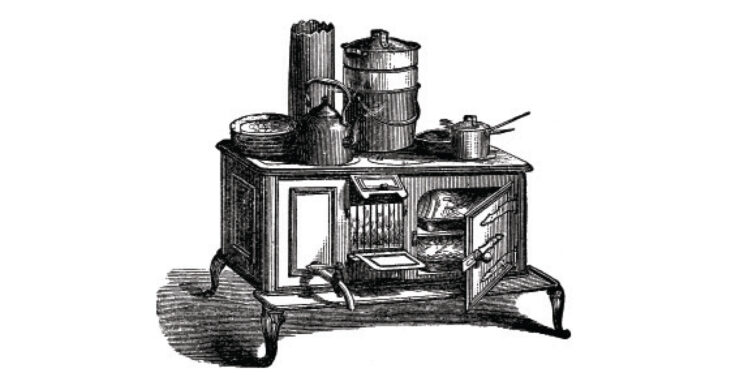We’ve come a long way from ‘Wife Saving Kitchens’
A century ago – before YouTube hack videos, recipe blogs, and online searches – homemakers in Owensboro-Daviess County were nevertheless just as committed as we are today to ensuring their homes were comfortable and efficient, and their gardens bountiful and beautiful.
One source of information and support had been created in the early 1900s when the University of Kentucky created its Cooperative Extension Service – a network of educational resources that still exists today.
Homemakers Clubs provided women with a rare opportunity to meet together, attending programs focused on such topics as food preservation, gardening, nutrition, furniture preservation, health and sanitation, millinery, interior decorating, and many other subjects pertaining to home economics and domestic skills.
By 1925, the program had expanded to include about 10 junior clubs for both girls and boys, providing instruction on such important subjects as sewing and canning for girls, and raising pigs and potatoes for boys.
Mary Miller, a specialist attached to the faculty of the Kentucky State University College of Agriculture, created a pamphlet titled “Wife Saving Kitchens,” which was distributed among homemakers in Daviess County. The publication was designed to offer suggestions for making the kitchen more attractive, convenient, and efficient, while addressing the challenges pertaining to the fact that “one corner of the kitchen is often the men’s wash room. They hang their hats on a nail in the corner, pile their boots and shoes on the floor, comb their hair and mill around there while washing up and making ready for their meals.”
On the other hand, however, homemakers were to celebrate the fact that most kitchens by this time had been improved with access to running water, “where formerly a trip to the well or spring was necessary,” and “sinks convey(ed) the waste water away instead of the sloppy way of dashing the contents of the wash bowl out of the door or window.”
In addition, for the average 1925 kitchen, “linoleum covers the kitchen floor, the walls are painted bright colors, (and) castors are placed under tables so they may be moved about instead of lifted by main strength.”
Miss Miller – who must surely have been an early prototype of Martha Stewart – shared her experience that “where improvements are started in the kitchen, the spirit of improvement spreads to other parts of the building. Men are learning that it is just as well to be orderly as sloven, and hence they take more time to tidy up before going into a tidy kitchen to partake of attractive food.”
She noted that as an observer of “the better kitchen campaign” in Daviess County, she could testify that “the improvement becomes more noticeable each year.”
One can only wonder what the esteemed Miss Miller might think if she could visit a modern kitchen in 2025 – one filled with conveniences and devices she could never have imagined and that likely would not have a “men’s wash room” in the corner.
But one thing has not changed over the past 100 years, and we hope it remains so for all the years to come: Family is still the heart of every home. OL










